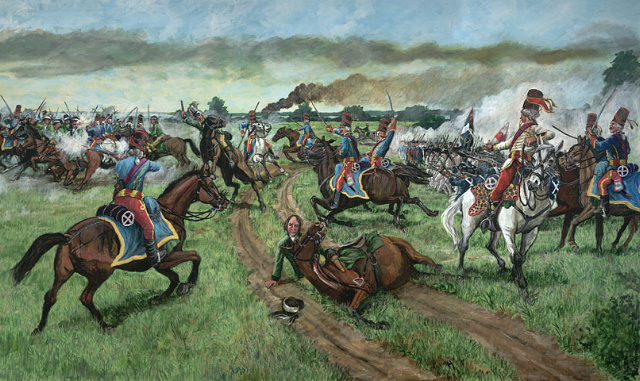AWI Terrain
Over a number of years I have built some specific terrain for the rules so for those who have expressed an interest here they are.
Firstly a modular range of fortifications. The original items were supplied in resin by Marbeth (I think) and the straight run of gabions had 11 gabions in it. To fit with my 45mm base sizes I cut of the end gabion to make a double length (rear) and then in half to provide a single length (front). I then used a pair of spare gabions to create a gun embrasure with matchstick timbers on the inside and the "earth" built up from plastic padding car repair kit with kitty litter mixed in to give bulk and texture.
Right angle bends were made with 6 gabion lengths using the filler to round off the ends
The buildings are constructed to a standard size of 50mm by 100mm on a 60mm by 120mm base. This size allows a full unit of infantry to drop neatly into the building. If it wasn't for the flag then the roof would fit back on again. I have one double sized building, which will hold two units and is made in the style of a colonial mansion.
The basic construction for most small buildings was a thin card template, glued onto a MDF base. Door and window surrounds were added from matchsticks A chimney was added from balsa and textured with tetrion. Then strips of thin card were glued onto the structure overlapped to give a clapboard effect. The roofs were made similarly with card shingles/tiles. The barn containing the figures was made out of "Wills" wooden panel plasticard. The mansion is more substantial and built out of foamcore with commercial window frames.
Will







